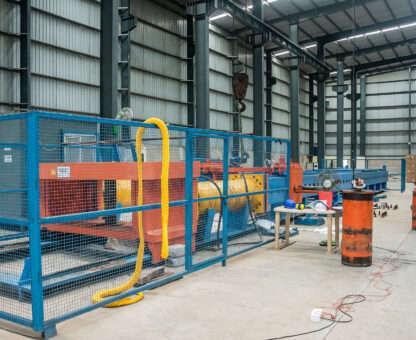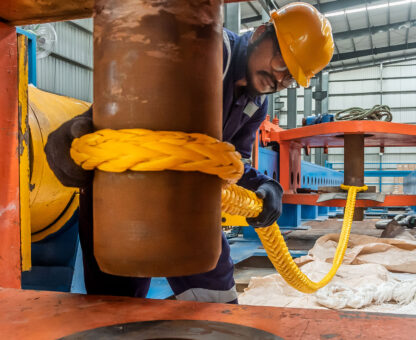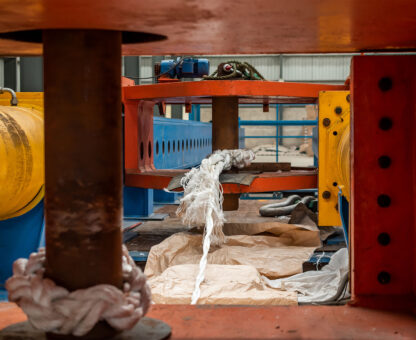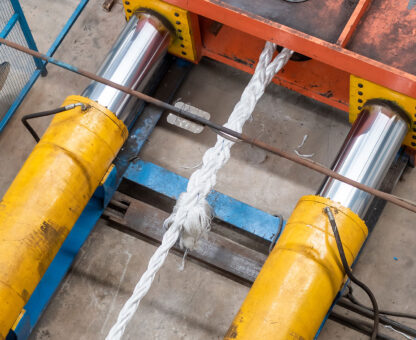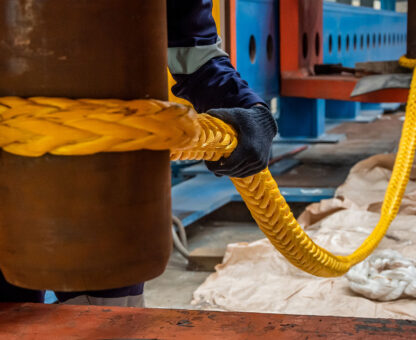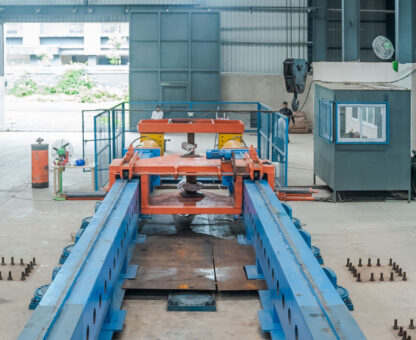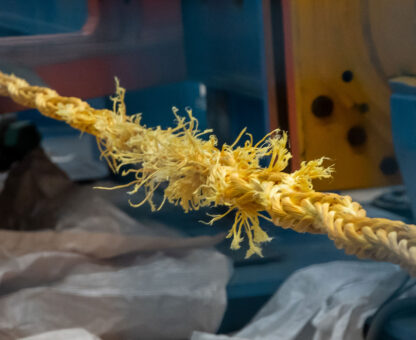The Importance of Third-Party Inspections for Lifting Gear Safety
Ensuring the safety and compliance of lifting gear is a critical responsibility for businesses involved in heavy lifting operations. Third-party inspections play a vital role in upholding safety standards, minimizing risks, and ensuring regulatory compliance. This blog explores the significance of third-party inspections and why they are an essential part of lifting gear maintenance.
What Are Third-Party Inspections?
Third-party inspections involve an independent organization evaluating the condition, compliance, and performance of lifting gear. Unlike in-house assessments, these inspections provide unbiased and expert evaluations based on industry standards and safety regulations.
Benefits of Third-Party Inspections
1. Enhanced Safety
- Identifies potential risks such as wear, corrosion, or mechanical defects.
- Reduces the likelihood of accidents caused by equipment failure.
2. Regulatory Compliance
- Ensures that lifting gear adheres to local and international safety standards.
- Satisfies requirements for certifications mandated by organizations like OSHA or ISO.
3. Expert Insight
- Leverages the expertise of certified inspectors who specialize in lifting gear.
- Provides detailed reports and actionable recommendations for maintenance.
4. Cost-Effectiveness
- Prevents costly downtime by identifying issues early.
- Extends the lifespan of equipment through proactive maintenance strategies.
5. Unbiased Evaluation
- Independent inspectors offer objective assessments free from internal biases.
What Do Third-Party Inspections Cover?
Visual Inspection
Checks for visible signs of damage, wear, or corrosion.
Load Testing
Verifies the load-bearing capacity of lifting gear under operational conditions.
NDT (Non-Destructive Testing)
Utilizes advanced methods such as ultrasonic or dye penetrant testing to detect internal flaws.
Documentation Review
Ensures proper maintenance records and compliance certifications are in place.
Functional Testing
Evaluates the performance and operation of lifting gear to ensure it meets standards.
Choosing a Qualified Third-Party Inspector
Certification and Accreditation
Ensure the inspector is certified by recognized bodies like ASME or LEEA.
Experience in Your Industry
Select an inspector familiar with the specific requirements and challenges of your industry.
Comprehensive Services
Choose a provider that offers a range of inspection methods tailored to your needs.
Transparent Reporting
Look for detailed inspection reports with clear recommendations.
Challenges of Avoiding Third-Party Inspections
Undetected Flaws: Relying solely on in-house assessments may overlook critical issues.
Non-Compliance Risks: Failing to meet safety standards can result in legal penalties and reputational damage.
Increased Costs: Reactive maintenance due to missed defects is often more expensive.
Conclusion
Third-party inspections are indispensable for ensuring the safety, compliance, and operational efficiency of lifting gear. By leveraging the expertise and objectivity of independent inspectors, businesses can mitigate risks, meet regulatory requirements, and maintain a safe working environment. Integrating third-party inspections into your maintenance program is not just a best practice but a critical investment in long-term operational success.
Have a Project? Let’s Talk!
TESTING FACILITY
